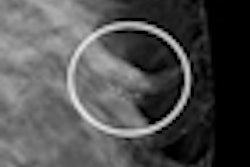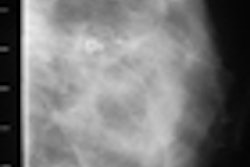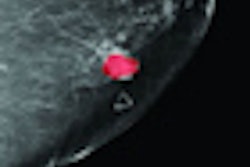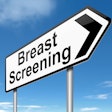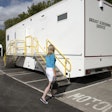Dear Women's Imaging Insider,
Breast lesions are classified as BI-RADS 3, or "probably benign," relatively rarely -- clinical literature suggests a rate of 5% to 7% -- and these lesions tend to have low malignancy rates. However, because many women don't comply with the recommended follow-up, radiologists must thoroughly evaluate lesions before using the classification, according to a new study published in the July issue of Radiology.
Using Digital Mammographic Imaging Screening Trial (DMIST) data, Dr. Janet Baum of the Cambridge Health Alliance and colleagues evaluated how often radiologists applied the BI-RADS 3 category, how often women actually returned for the recommended follow-up, and the rate and stages of malignancies found at follow-up. Click here to read the article; as an Insider subscriber, you get access before our other readers.
Once you've read our feature, take a look at what else is going on in your Women's Imaging Digital Community:
- Read about why breast imaging remains an unpopular career choice, even as residency rotations and fellowships are on the rise.
- Check out the U.S. Food and Drug Administration's new report on the safety and monitoring of silicone gel-filled breast implants.
- Learn how 3D transvaginal ultrasound bested hysterosalpingography for evaluating uterine abnormalities.
- Find out which U.S. state has become the second to mandate that breast density information be included in mammography reports.
- Discover how harmful the "harms" of screening mammography actually are.
As always, if you have a comment, report, or article idea to share about any aspect of women's imaging, I invite you to contact me.





